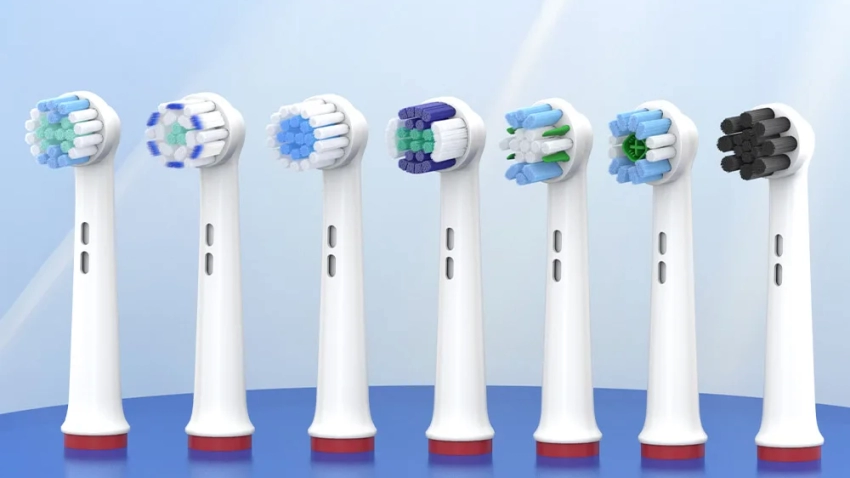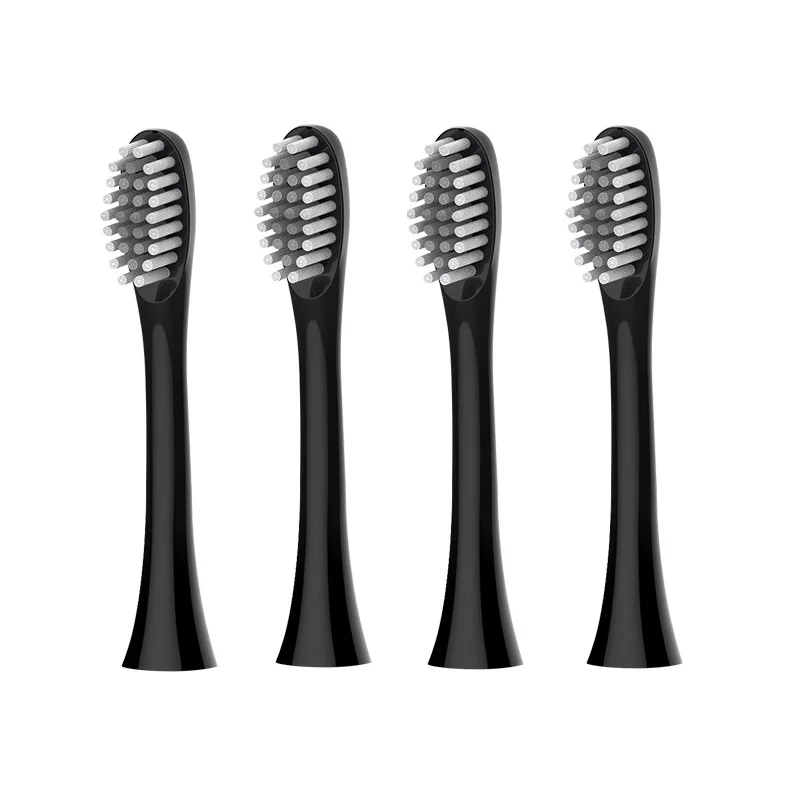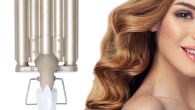
How Often Should You Change Your Electric Toothbrush Head?
When it comes to oral hygiene, using an electric toothbrush is one of the best investments you can make. These devices are designed to remove plaque effectively, provide a deeper clean, and often make brushing more enjoyable. However, many users overlook one crucial aspect of maintaining their electric toothbrush—the frequency of changing the toothbrush head. The performance, efficiency, and health benefits of your electric toothbrush significantly depend on this simple yet critical practice. In this article, we will explore how often you should change your electric toothbrush head, the signs indicating it is time for a change, and the impact of regular changes on your oral health.

Understanding Wear and Tear
The Importance of Regularly Changing Your Toothbrush Head
To begin with, it is essential to understand that electric toothbrush heads do not last indefinitely. Over time, the bristles become frayed and less effective at removing plaque and debris. In fact, research suggests that using a worn-out brush head can lead to oral health problems, including gum disease and cavities. Consequently, a proactive approach to changing your toothbrush head is essential for maintaining optimal oral health.
Moreover, it’s not just about the bristles. Bacteria can accumulate on the brush head over time, especially if it is not stored correctly. Therefore, the regular replacement of your toothbrush head is key to ensuring that you maintain a clean, effective brushing environment.
Situational Factors Influencing Durability
Additionally, it’s worth noting that various situational factors can affect the lifespan of your toothbrush head. For example, if you are brushing harder than necessary, you may wear down the bristles faster. Transitioning from an electric toothbrush to a traditional one can also impact your brushing technique and lead to quicker wear and tear of the brush head. Furthermore, the type of bristles matters; soft bristles will wear down at a different rate than medium or hard bristles.
Recommended Replacement Schedule
General Guidelines
The American Dental Association (ADA) recommends changing your electric toothbrush head every three to four months. This sense of regularity ensures that you are not using a worn-out brush, which would be ineffective in cleaning your teeth and gums. Nevertheless, this is merely a guideline. Individual factors such as frequency of use, specific brushing techniques, and even personal habits should influence your replacement schedule. For instance, if you brush your teeth twice a day as recommended, you’ll want to stick closer to that three-month mark.
Individual Differences
Moreover, individual circumstances can dramatically impact how often you should change your electric toothbrush head. If you experience any issues such as bleeding gums or sensitivity, it may signal that your toothbrush head is not serving you well. In such cases, switching to a new head sooner rather than later could make a significant difference in how your mouth feels after brushing.
Also, if you have recently recovered from an oral illness or are experiencing any dental issues, it is wise to toss your old brush head and start fresh. Doing so can help prevent the reintroduction of harmful bacteria into your oral environment. Thus, your health history plays an essential role in how often you change your toothbrush head.
Signs That It’s Time for a Change
Visual Cues
Transitioning from guidelines to practical applications, let’s discuss the specific signs that indicate it’s time to replace your toothbrush head. One obvious signal is visual wear. If you notice that the bristles are frayed, bent, or discolored, it’s time to make a switch. Watching for warped bristles can give you a clear indication of whether your current brush head is doing its job effectively.
Additionally, if you observe any changes to the color of the bristles, such as fading or staining, these changes can also signify that your toothbrush head has served its time. While the bristles may not appear damaged initially, lingering food particles or bacteria can cause degradation over time.
Performance Indicators
Further, you might notice a decline in performance as well. If your electric toothbrush feels less powerful or seems to struggle during use, these can be additional indicators that you should invest in a new brush head. This decline often happens gradually, so it’s critical to pay attention to how your device feels during operation.
Moreover, added factors such as bad breath or a persistent aftertaste can indicate that your brushing routine is no longer effective. If you find yourself facing these issues, reassessing your toothbrush head could lead to an improvement in your overall oral hygiene.
 Maintaining Your Electric Toothbrush
Maintaining Your Electric Toothbrush
Cleaning Your Toothbrush Head
While changing your toothbrush head regularly is essential, the way you maintain it between changes also matters. Always rinse the brush head thoroughly after each use to remove any leftover toothpaste, food, or debris. Allow it to air dry completely before covering or placing it in a storage container. This simple tip can improve your brush heads’ longevity and reduce the risk of bacteria buildup.
In addition, it is wise to store your electric toothbrush in an upright position where airflow can penetrate. Avoid covering it with a cap for extended periods, as this can create a damp environment that fosters bacterial growth.
Replacing Different Types of Heads
Another point worth discussing is the diversity of electric toothbrush heads available on the market. Depending on your specific needs—such as gum sensitivity, plaque removal, or whitening—you might want to switch to different types of brush heads. For example, some heads are designed for sensitive gums, while others may be specifically meant for whitening. Always read the manufacturer’s guidelines for each specific brush head to understand how often you should change them.
Impact on Oral Health
Long-Term Effects of Not Changing Your Toothbrush Head
Failing to replace your electric toothbrush head regularly can have cascading effects on your oral health. As we have already mentioned, a worn-out brush can lead to an increase in plaque buildup, which then progresses to gum disease. The wear and tear on bristles create gaps that allow plaque and bacteria to linger, ultimately affecting your gum health.
Furthermore, evidence shows a direct correlation between the effectiveness of a toothbrush and overall oral health. Poor brushing can lead to cavities and other serious issues. Therefore, changing your toothbrush head not only improves your immediate dental care but also has long-term implications for your overall health.
Preventive Measures
Taking proactive measures, such as adhering to a strict schedule for replacing your toothbrush head, can make a significant impact on preventing dental problems down the line. Regular checkups with your dentist will also provide insights into your brushing technique, helping you to align your electric toothbrush use with your dental health goals.
Moreover, embracing positive dental habits, such as reducing sugar intake and incorporating flossing into your daily routine, will complement the benefits of using a fresh electric toothbrush head. Using a holistic approach to dental care ensures that all aspects of your oral hygiene are working synergistically together.
 Conclusion
Conclusion
In summary, understanding how often you should change your electric toothbrush head is pivotal for maintaining excellent oral hygiene. The general recommendation is to replace it every three to four months; however, this can vary based on personal usage and individual factors. Visual cues, ongoing performance, and even your specific health situation should influence your replacement decisions.
Ultimately, neglecting the regular change of your toothbrush head can have serious consequences on your dental health. Therefore, it is essential to adopt a proactive approach to all aspects of your electric toothbrush care, including cleaning, maintenance, and timely replacements. Remember, good oral hygiene begins with the right tools and practices, setting you on the path to healthier teeth and gums. So, to answer the question, “how often should you change your electric toothbrush head?”—adhering to a schedule that allows for changes every three to four months is crucial for optimal dental health.











